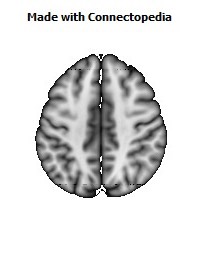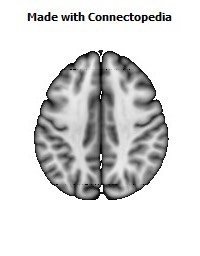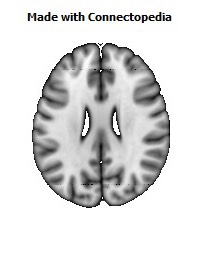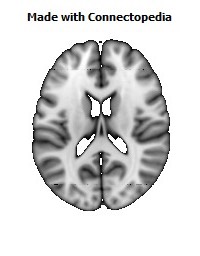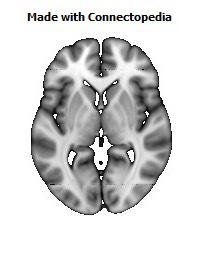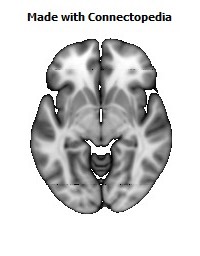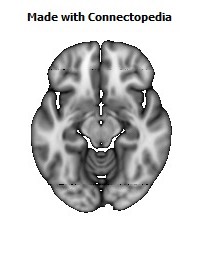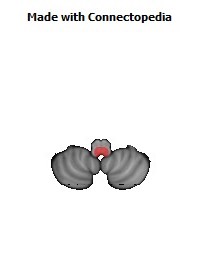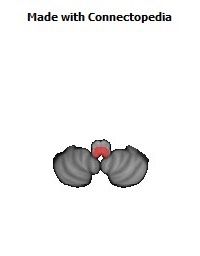

The posterior spinal artery (dorsal spinal artery) arises from the vertebral artery, adjacent to the medulla oblongata.
Path
It passes posteriorly to descend the medulla passing in front of the posterior roots of the spinal nerves. Along its course it is reinforced by a succession of segmental or radiculopial branches, which enter the vertebral canal through the intervertebral foramina, forming a plexus called the vasocorona. Below the medulla spinalis and upper cervical spine, the posterior spinal arteries are rather discontinuous; unlike the anterior spinal artery, which can be traced as a distinct channel throughout its course, the posterior spinal arteries are seen as somewhat larger longitudinal channels of an extensive pial arterial meshwork. At the level of the conus medullaris, the posterior spinals are more frequently seen as distinct arteries, communicating with the anterior spinal artery to form a characteristic "basket" which angiographically defines the caudal extent of the spinal cord and its transition to the cauda equina.
Branches from the posterior spinal arteries form a free anastomosis around the posterior roots of the spinal nerves, and communicate, by means of very tortuous transverse branches, with the vessels of the opposite side.
Close to its origin each posterior spinal artery gives off an ascending branch, which ends ipsilaterally near the fourth ventricle.
The posterior spinal artery can often originate from the posterior inferior cerebellar artery, rather than the vertebral.




















